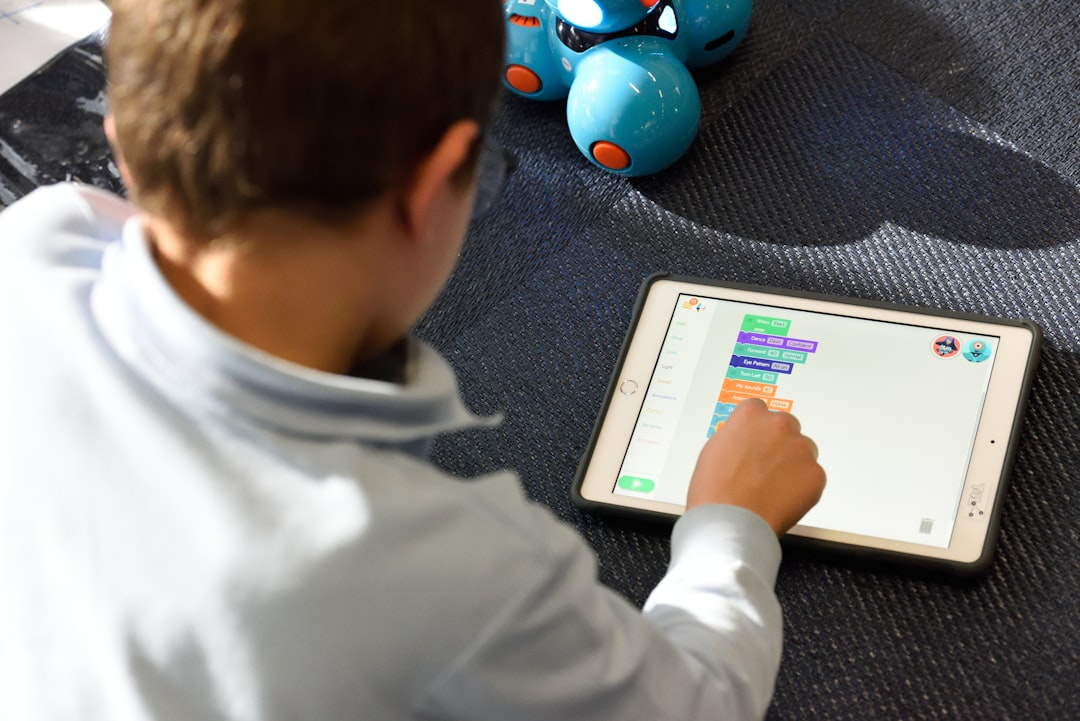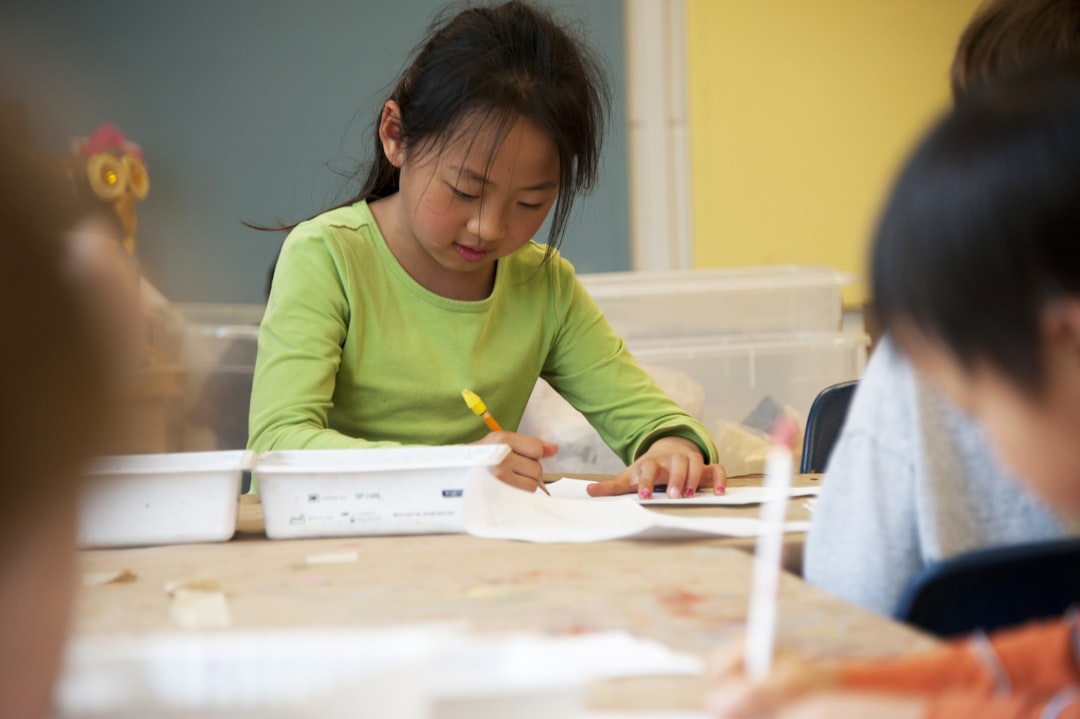In today’s rapidly changing educational landscape, learning at home has become a vital part of a child’s educational journey. This guide provides parents and guardians with effective strategies and creative ideas to foster an enriching learning environment at home. Whether your child is engaged in remote schooling, homeschooling, or simply in need of supplemental learning, this article will help you turn your home into a thriving hub of knowledge and discovery.
Crafting the Perfect Learning Space
The physical environment where your child learns can significantly impact their ability to focus and absorb information. Choose a quiet, well-lit area of your home dedicated solely to learning. This space should be free from distractions like television and household traffic. Equip the area with a comfortable desk and chair, and ensure all necessary supplies are within easy reach. Personalize the space with educational posters or your child’s artwork to make it inviting and stimulating.
Incorporating a Balanced Schedule
Maintaining a structured schedule is crucial to successful home learning. Start by defining clear start and end times for educational activities, mimicking the regular school day. Include ample breaks between subjects to prevent burnout and keep your child engaged. These breaks are perfect for a snack, a quick stretch, or a brief outdoor activity. Consistency with wake-up, meal, and bedtimes is also key, as it supports effective learning and healthy daily rhythms.
Interactive and Technology-Enhanced Learning
Incorporate technology wisely within the home learning experience. Educational apps and online platforms can offer interactive content that makes learning exciting and engaging. However, balance screen time with offline activities like reading, puzzles, and hands-on projects to encourage a range of skills. Always supervise your child’s internet use to ensure they are accessing appropriate and safe resources.
Fostering Independence and Responsibility
Encourage your child to take responsibility for their learning. This can be achieved by involving them in setting daily goals and allowing them to choose the order in which they tackle their assignments. Teach them to prepare their learning space, organize their materials, and manage their time effectively. These skills not only enhance their learning experience but also build essential life skills.
Engaging with the Real World
Connect your child’s learning to real-world applications to enhance understanding and retention. Cooking projects can illustrate mathematical concepts like fractions and measurements, while garden work can teach about science and nature. Encourage your child to read books, then watch related documentaries or conduct experiments based on what they’ve learned. Real-world engagement makes learning more meaningful and memorable.
By implementing these strategies, you create a dynamic and effective learning environment at home that not only educates but also inspires. Home learning is not just about academic growth but also about nurturing curiosity, resilience, and a lifelong love for learning.






